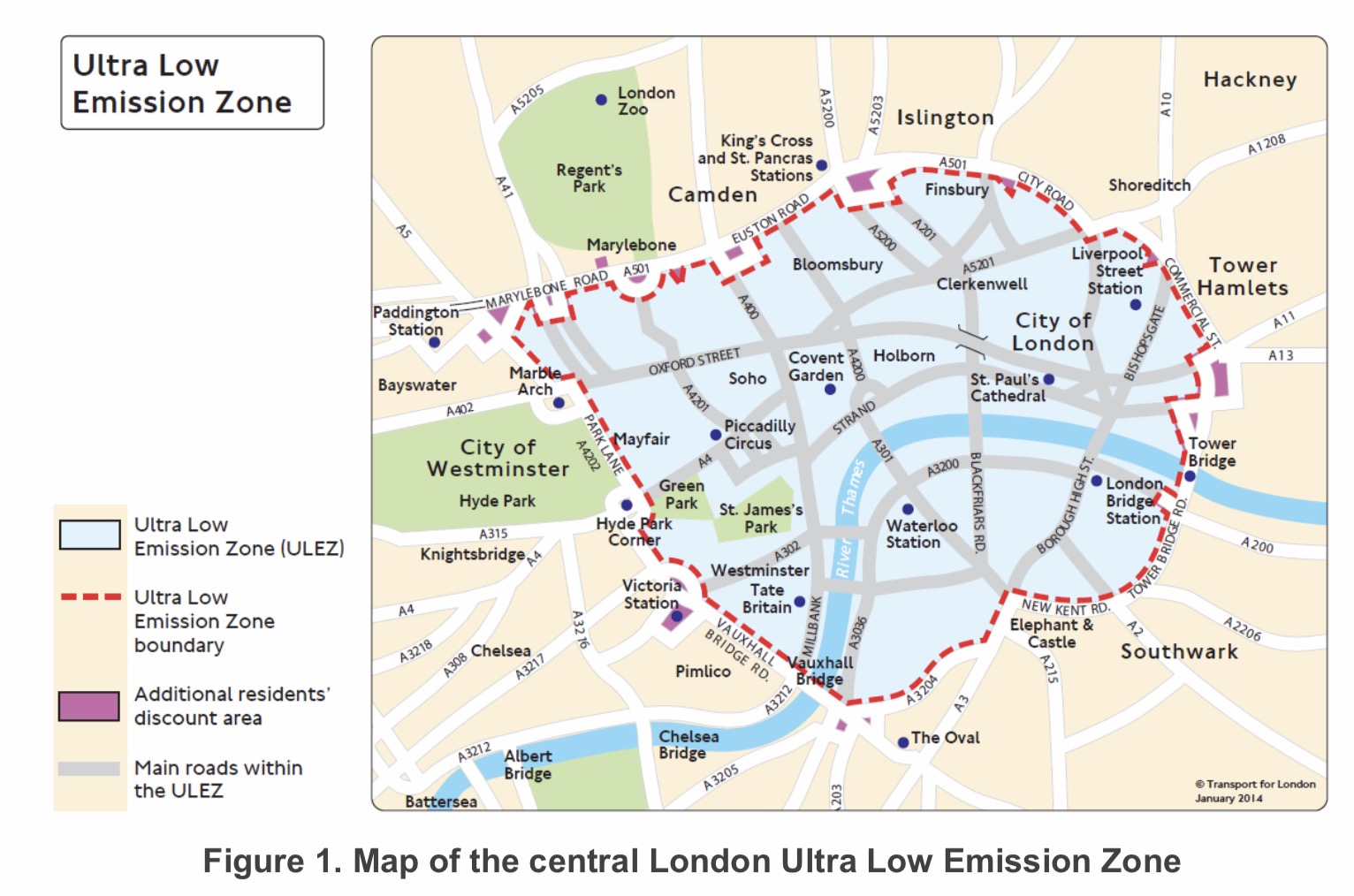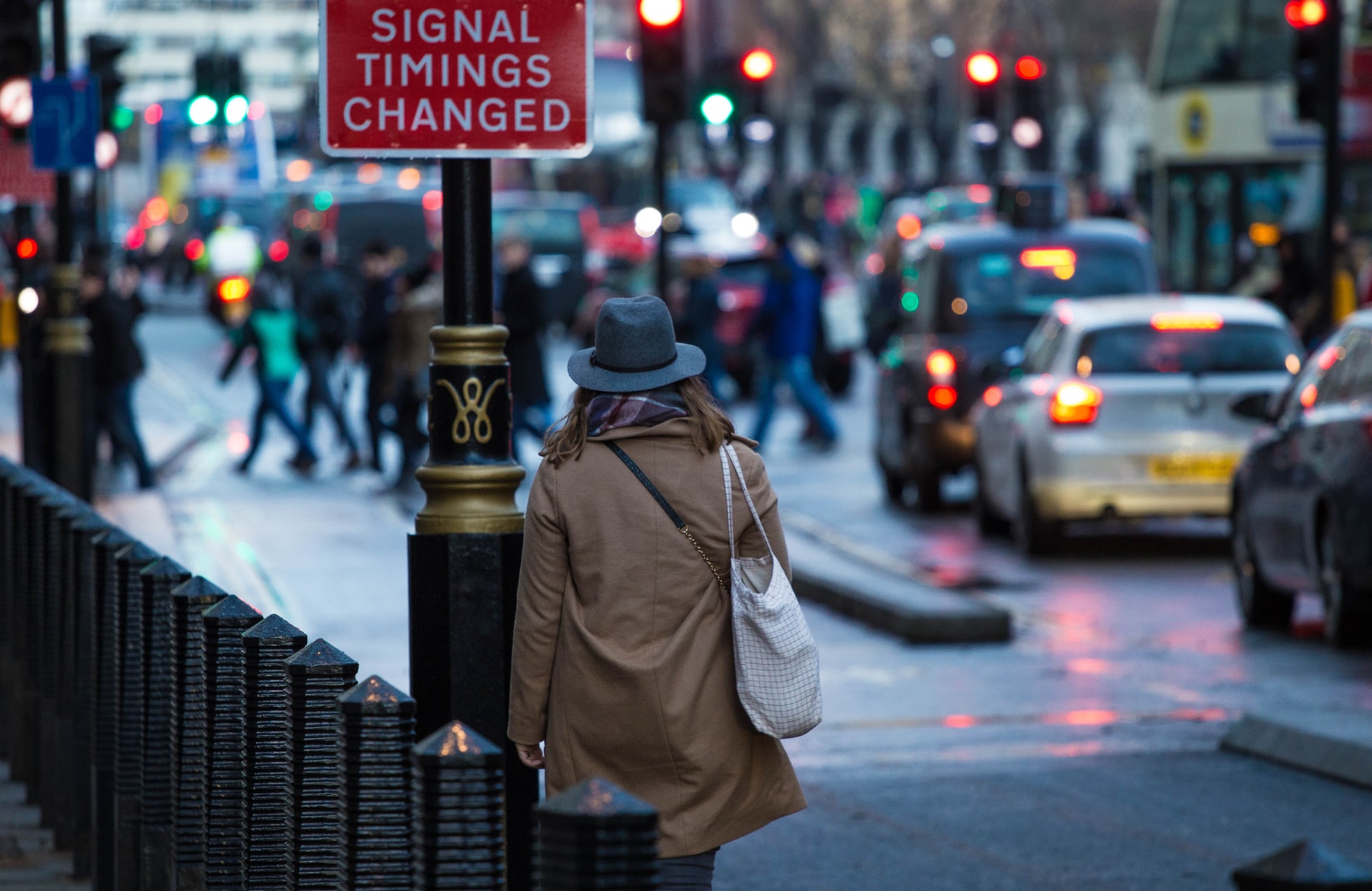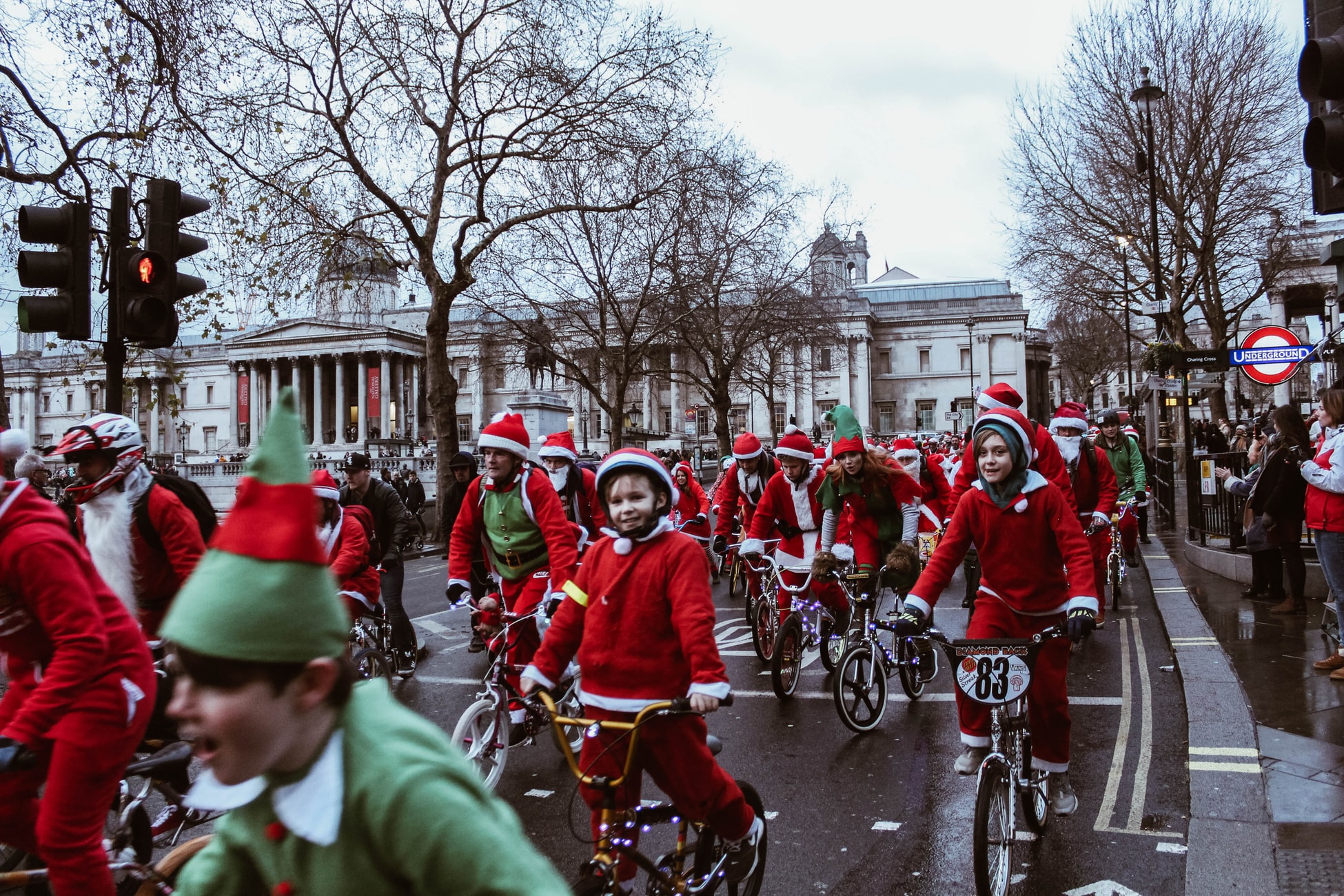- Sustainable Planet -
- 7mins -
- 316 views
London’s Air Pollution Falls By About A Third Since New Emissions Rules
Greater London Authority says toxic air pollution has fallen by roughly a third inside a central urban zone where drivers are required to meet specific emission standards or pay a daily fine. The city launched the ‘Ultra Low Emission Zone’ in April 2019.
London’s “Ultra Low Emissions Zone” sees marked drop in airborne toxins
A report issued by the Office of the Mayor of London states that about 13,500 fewer polluting cars are driven in the zone daily, and that traffic has decreased overall in the bustling Ultra Low Emissions Zone (ULEZ) area. According to the report, nitrogen dioxide pollution has fallen by 36% in the central zone since February 2017, when the city first announced a "toxicity charge" on older vehicles.

Why London needs the ULEZ: the overall effects of poor air quality
Around half of emissions of nitrogen oxides (NOx) come from transport. They contribute to illegal levels of nitrogen dioxide (NO2) and particulate matter (PM) – pollutants which make chronic illnesses worse, shorten life expectancy and damage lung development.
The communities suffering most from poor air quality are often the most vulnerable, including children. There are at least 360 primary schools in areas with illegal pollution levels.
Official reports for this information are listed on the Ultra Low Emission Zone page in Publications & reports.
Overall effects of poor air quality
Even healthy people can experience health impacts from polluted air including respiratory irritation or breathing difficulties during exercise or outdoor activities. Your actual risk of adverse effects depends on your current health status, the pollutant type and concentration, and the length of your exposure to the polluted air.
High air pollution levels can cause immediate health problems including:
- Aggravated cardiovascular and respiratory illness
- Added stress to heart and lungs, which must work harder to supply the body with oxygen
- Damaged cells in the respiratory system
Long-term exposure to polluted air can have permanent health effects such as:
- Accelerated aging of the lungs
- Loss of lung capacity and decreased lung function
- Development of diseases such as asthma, bronchitis, emphysema, and possibly cancer
- Shortened life span
Those most susceptible to severe health problems from air pollution are:
- Individuals with heart disease, coronary artery disease or congestive heart failure
- Individuals with lung diseases such as asthma, emphysema or chronic obstructive pulmonary disease (COPD)
- Pregnant women
- Outdoor workers
- Older adults and the elderly
- Children under age 14
- Athletes who exercise vigorously outdoors
People in these groups may experience health impacts at lower air pollution exposure levels, or their health effects may be of greater intensity.
Source: TransportForLondon & SpareTheAir

The city says money from penalties will go toward improving the transportation network
London Mayor Sadiq Khan announced the new ULEZ charges after seeing an increase in children suffering chronic illness and lung damage from air pollutants. He says the new report shows the move was a step in the right direction. "I am determined to stop Londoners breathing air so filthy it is damaging our children’s lungs and causing thousands of premature deaths," Khan says. "The ULEZ shows what we can achieve if we are brave enough to implement such ambitious policies."
The implementation of the ULEZ has been called "radical" because of its 24/7 regulation and strict emission standards. Some small-business owners expressed concerns about how the additional cost burden of buying new cars or paying steep charges might affect them.
Despite the criticism, the city plans to expand the zone’s borders in 2021 to include London’s inner suburbs bounded by the North and South Circular roads that effectively ring the city. An online petition that was created to protest the expansion has garnered more than 95,000 signatures.
In response to the petition, Khan’s public liaison says air pollution is "a national health crisis" that is reducing life expectancy.
"While the Mayor is also acting on other sources [of pollution], road transport is the greatest contributor to air pollution in London," the statement says. "There is no way to make the massive improvements needed to London’s air quality without tackling the most polluting vehicles and so this must be a focus for action."
The zone is part of Khan’s continued efforts to improve London’s air quality. All cars, not just ones below emission standards, must pay a daily charge of £11.50 (€13.43/$14.85) if they drive within central London between 7 a.m. and 7 p.m. The city says the money will go toward improving the transportation network.
Other major cities around the world are introducing vehicle regulations and bans that are meant to reduce air pollution and make urban areas more livable.
In 2016, Paris banned cars made before 1997 from the city center on weekdays; it also recently declared the first Sunday of every month to be car-free. And earlier this month, San Francisco officials voted to ban cars from Market Street, the city’s downtown spine. Read the 6-month report here.
Source: NPR.org

KEY FINDINGS OF THE CENTRAL LONDON ULTRA LOW EMISSION ZONE 6-MONTH REPORT
On 8 April 2019 the Mayor of London launched the world’s first Ultra Low Emission Zone (ULEZ). Six months on, data indicates the scheme is having a significant impact – although further analysis will be needed to fully assess the long-term impacts.
This report includes data from February 2017 (when the Mayor confirmed the T charge and the accelerated change in the vehicle fleet began), March 2019 (the month before the scheme was introduced) and April – September 2019 (the first six months of the scheme).
Key findings from the first six months of operation are:
- After the first six months of operation the average compliance rate with the ULEZ standards was 77 per cent in a 24 hour period (74 per cent in congestion charging hours). This is significantly higher than 39% in February 2017 and the 61 per cent in March 2019 during congestion charging hours
- Between February 2017 and September 2019, there has been a 32 micrograms per cubic metre (ug m-3) reduction in roadside concentrations of nitrogen dioxide (NO2) in the central zone, a reduction of 36 per cent
- Trend analysis shows that, for the period July to September 2019, NO2 concentrations at roadside locations in central London were on average 24 ug m-3 lower, equating to a reduction of 29%, compared to a scenario where there was no ULEZ
- Preliminary estimates indicate that after six months NOx emissions from road transport in the central zone have reduced by 31% (200 tonnes) compared to a scenario where there was no ULEZ. This is ahead of schedule to meet the 45% NOx emissions reduction expected in the first year
- Preliminary estimates indicate that after six months CO2 emissions from road transport in the central zone have reduced by 4% (9,800 tonnes) compared to a scenario where there was no ULEZ. When compared to 2016, this equates to a 13% reduction, assuming current compliance rates continue for the remainder of the first year of operation
- None of the air quality monitoring stations located on ULEZ boundary roads have measured an increase in NO2 concentrations since the introduction of the ULEZ
- Preliminary analysis of traffic flows indicate that the introduction of the central London ULEZ has contributed to a reduction in traffic flows in central London from May to September 2019 of between 3 – 9% when compared to 2018, though further analysis is needed to better understand long term complex changes in traffic flows as a result of ULEZ
- From March to September 2019 there was a large reduction in the number of older, more polluting, non-compliant vehicles detected in the zone: some 13,500 fewer on an average day, a reduction of 38 per cent in congestion charging hours. This is higher than the 9,400 reduction reported after one month and the 12,500 reduction reported after four months
- There was a 34% decrease in the proportion of vehicles in the central zone that were non-compliant from March 2019 to September 2019 in congestion charging hours
To fully understand the impact of the scheme it is necessary to take into account pre- compliance (i.e. people and businesses preparing ahead of time for the start of the new scheme). With this in mind, the changes between February 2017 and September 2019 were as follows:
- There was a large reduction in the number of older, more polluting, non-compliant vehicles detected in the zone: a reduction of 40,200 vehicles on an average day, equating to a 65% reduction
- There was an 89% increase in the proportion of vehicles detected in the central zone that were compliant from February 2017 to September 2019.

